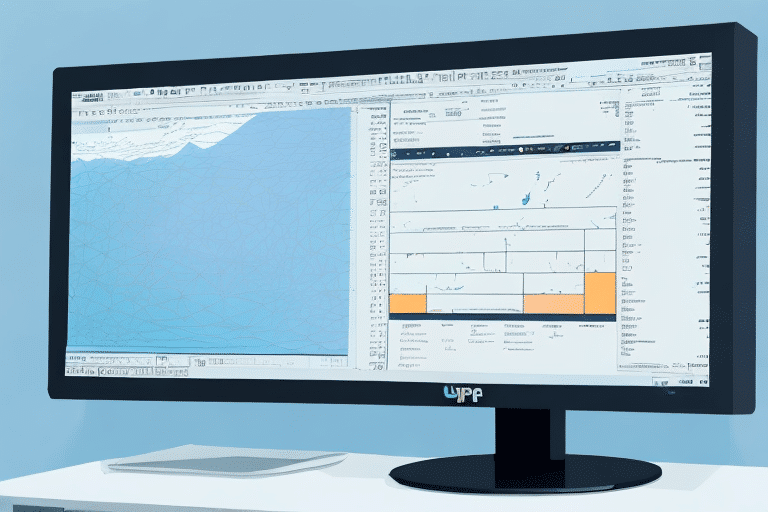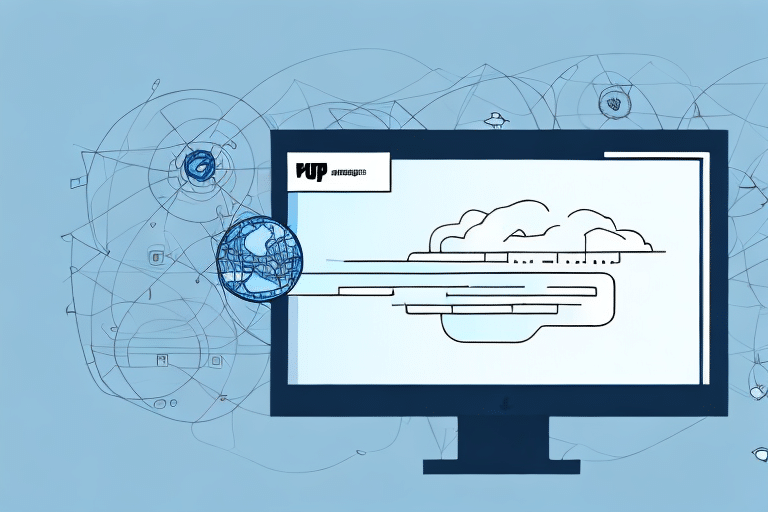Customizing CSV Output with UPS Datalink Worldship MFC Application
Optimizing your shipping data is crucial for efficient business operations. If you're using the UPS Datalink Worldship MFC Application, leveraging the CSV (Comma-Separated Values) output feature can significantly enhance your data management, analysis, and reporting capabilities. This comprehensive guide explores how to customize CSV output in UPS Datalink Worldship MFC Application to meet your specific business needs.
Understanding UPS Datalink Worldship MFC Application
UPS Datalink Worldship MFC Application is a robust shipping software solution provided by UPS (United Parcel Service). Designed for businesses of all sizes, it facilitates the management of shipping operations from a centralized platform. Key features include:
- Address Validation: Ensures accurate shipping destinations.
- Label Printing: Generates shipping labels efficiently.
- Tracking: Monitors shipments in real-time.
- Reporting: Offers detailed shipment reports for analysis.
- CSV Export: Allows data export for further analysis and integration.
By exporting shipment data in CSV format, businesses can utilize tools like Microsoft Excel or Google Sheets to perform in-depth analysis, track performance metrics, and make informed decisions.
Setting Up UPS Datalink Worldship MFC Application
Proper setup is the foundation for effective customization of CSV output. Follow these steps to ensure your UPS Datalink Worldship MFC Application is configured correctly:
- Download and Installation: Visit the official UPS Worldship website to download the application. Follow the installation wizard to install it on your Windows-based computer.
- Account Configuration: Launch the application and enter your UPS account information. This includes your account number and login credentials.
- Preference Settings: Navigate to the settings menu to configure your shipping preferences, such as default shipping methods, payment options, and label printing preferences.
- Software Updates: Ensure that the application is updated to the latest version to access new features and security enhancements.
Customizing CSV Output
Customizing the CSV output allows you to tailor the exported data to your specific requirements. Here’s how you can achieve this:
Selecting Relevant Data Fields
Identify and select the data fields that are most relevant to your business operations. Common fields include:
- Shipment Date
- Tracking Number
- Recipient Address
- Shipment Weight
- Shipment Type
Applying Filters
Use filters to narrow down the data based on criteria such as:
- Date Range: Export data for a specific time period.
- Shipment Status: Include only completed or pending shipments.
- Shipment Type: Filter by package size or service level.
Setting Up Export Preferences
Configure export preferences to automate and streamline the data export process:
- Save Export Templates: Create and save templates for recurring export requirements.
- Automate Exports: Schedule regular exports to ensure up-to-date data availability.
- Customize Column Headers: Rename columns to match your internal terminology for consistency.
Benefits of Customizing CSV Output
Customizing CSV output in UPS Datalink Worldship MFC Application offers numerous advantages:
- Enhanced Data Analysis: Tailored data exports allow for more meaningful analysis and insights.
- Improved Efficiency: Streamlined data exports save time and reduce manual data handling.
- Better Decision Making: Access to relevant data supports informed business decisions.
- Seamless Integration: Customized CSV files can be easily integrated with other business systems and software.
According to a Statista report, businesses that effectively manage and analyze their shipping data experience a 20% increase in operational efficiency.
Step-by-Step Guide to Customizing CSV Output
Follow these steps to customize the CSV output in UPS Datalink Worldship MFC Application:
- Open the Application: Launch the UPS Datalink Worldship MFC Application on your computer.
- Navigate to Export Settings: Go to Tools > System Preferences > Advanced Shipping > Export.
- Choose CSV Format: From the dropdown list, select CSV as the export format.
- Select Data Fields: Check the boxes next to the data fields you wish to include in the CSV file.
- Apply Filters: Set up any necessary filters to refine the data being exported.
- Save Preferences: Save your customization settings for future use.
- Export Data: Click the Export button in the Shipping History window to generate the CSV file.
By following these steps, you can generate a CSV file that precisely matches your business needs, facilitating better data management and analysis.
Common Customization Options
UPS Datalink Worldship MFC Application offers a variety of customization options for CSV output:
Selecting Fields to Include
Choose specific fields such as:
- Order Number
- Product Codes
- Shipping Costs
- Delivery Status
Filtering and Sorting Data
Implement filters based on:
- Shipment Priority
- Destination Region
- Package Dimensions
Sort data by:
- Shipment Date
- Tracking Number
- Customer Name
Customizing Column Headers
Rename columns to align with your internal data terminology, making it easier for your team to interpret and use the data effectively.
Tips for Effective CSV Customization
Maximize the benefits of CSV customization with these tips:
- Identify Key Metrics: Determine which data points are crucial for your analysis and decision-making processes.
- Maintain Consistency: Use consistent naming conventions for column headers to avoid confusion.
- Automate Where Possible: Schedule regular exports to ensure your data is always up-to-date.
- Validate Data: Regularly check exported CSV files for accuracy and completeness.
- Integrate with Analytics Tools: Utilize business intelligence tools like Microsoft Power BI or Tableau for advanced data analysis.
Troubleshooting Common Issues
Encountering issues while customizing CSV output? Here are solutions to common problems:
- Incorrect Data Mapping: Ensure that each data field is correctly mapped to the corresponding CSV column.
- Export Failures: Verify that your UPS account information is accurate and that the application is up-to-date.
- Formatting Errors: If the CSV file doesn’t display correctly, try opening it with a different spreadsheet program or using a CSV validator tool.
- Compatibility Issues: Ensure that any third-party plugins or add-ons are compatible with your current version of the application.
If issues persist, consult the [UPS Worldship Support](https://www.ups.com/worldship/support) for further assistance.
Best Practices for Using UPS Datalink Worldship MFC Application
Adopt these best practices to enhance your use of UPS Datalink Worldship MFC Application and CSV customization:
- Regular Updates: Keep the application updated to benefit from the latest features and security patches.
- Data Security: Protect sensitive shipping data by enforcing strong access controls and encryption.
- Employee Training: Train your team on how to effectively use the application and customize CSV outputs.
- Regular Backups: Maintain regular backups of your CSV exports to prevent data loss.
- Performance Monitoring: Continuously monitor the performance of your shipping operations through data analytics.
Implementing these practices ensures that your shipping operations are efficient, secure, and scalable.
Conclusion: The Importance of Customizing CSV Output
Customizing CSV output in UPS Datalink Worldship MFC Application is essential for businesses aiming to optimize their shipping operations. Tailored CSV exports facilitate detailed data analysis, improve operational efficiency, and support data-driven decision-making. By following the guidelines and best practices outlined in this guide, you can fully leverage the capabilities of UPS Datalink Worldship MFC Application to enhance your business's shipping processes and overall performance.






















